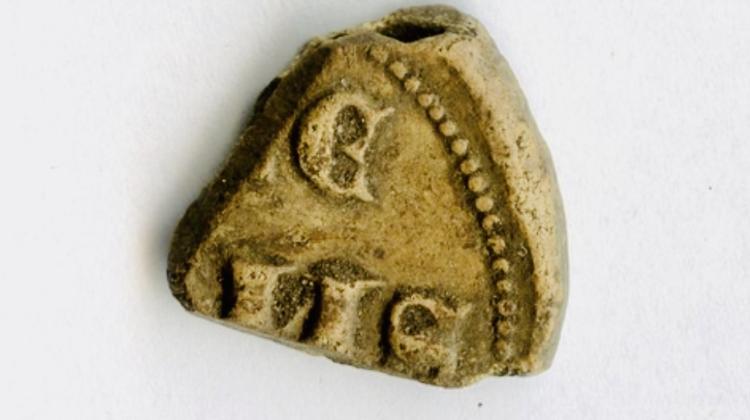Ancient Greeks started washing their hands over 3,000 years ago
The first evidence that Ancient Greeks washed their hands comes from the 2nd half of the 2nd millennium BC, researchers from Poland and Canada have found. The Mycenaeans, the then inhabitants of mainland Greece, used wide bowls for this purpose, which was initially associated with religious rituals.
In other advanced cultures of the Mediterranean, such as Mesopotamia and Egypt, the practice of washing hands is well documented in both written sources and iconography. In the case of Greece, the oldest information of this type comes from Homer's epics written in the first half of the 1st millennium BC.
Dr. Bartłomiej Lis from the Institute of Archaeology and Ethnology of the Polish Academy of Sciences and Dr. Trevor Van Damme from the University of Victoria (Canada) decided to look further into the past and search for evidence pointing to handwashing among the Mycenaeans, i.e. inhabitants of mainland Greece in the second half of the 2nd millennium BC
Thanks to an extensive research, they managed to find evidence of the first use of hand washing vessels in Greece.
Researchers analysed the few existing written sources (tablets written in Linear B script), as well as depictions on paintings and seals, looking for indications allowing to identify the habit of washing hands.
Dr. Lis told PAP: “Indeed, some of the inventory lists contained information about vessels intended for hand washing, and a few ideograms (graphic signs) showing the vessels or their entire sets in a simplified manner resembled vessels known from Egypt or Mesopotamia.”
In addition, the unique representation on the sarcophagus from the Hagia Triada has been reinterpreted by researchers as ritual washing of hands after sacrificing a bull. The stone sarcophagus decorated with paintings is in the Archaeological Museum of Heraklion on the island of Crete.
Scientists also analysed archaeological artefacts. They looked at vessels referred to as lekane or kalathos, which were originally made of bronze, and over time their clay imitations became more and more common.
According to Dr. Lis and Dr. Van Damme, these are wide-open vessels, often of considerable size, with a rather narrow bottom, and equipped with two handles.
Dr. Lis said: “Many elements indicate that their only possible content was water. These are, for example, decorations of some clay vessels with figural scenes inside the vessel. Any opaque contents would make them invisible. However, the most important argument were traces of actual use of these vessels, or rather... their absence. The only traces, identified on the outside of the bottom and, are related to moving of the vessel around.”
The researchers add that inside the vessels there are no signs of mixing or scooping the contents with the use of other items, such as spoons or scoops. In addition, the shape of the vessel is ideal both for scooping water with your hands and for collecting water falling from above when washing by pouring water over the hands with a jug.
Dr. Lis said: “It seems that initially it was a ritual activity, related to performing a sacrifice or funeral ceremonies, or carried out in the context of elite banquets. However, after the collapse of palaces around 1200 BC and the related social changes, this custom was spread along with the use of cheaper clay vessels. It does not mean, however, that hands were not washed every day in earlier periods - most likely a special vessel was not used for this purpose.”
The research was carried out with a grant from the National Science Centre, Ione Mylonas Shear Fellowship and Jacob Hirsch Fellowship from American School of Classical Studies at Athens. The results have now been published in the latest issue of the Journal of Mediterranean Archaeology.
PAP - Szymon Zdziebłowski
szz/ agt/ kap/
tr. RL
Przed dodaniem komentarza prosimy o zapoznanie z Regulaminem forum serwisu Nauka w Polsce.

















